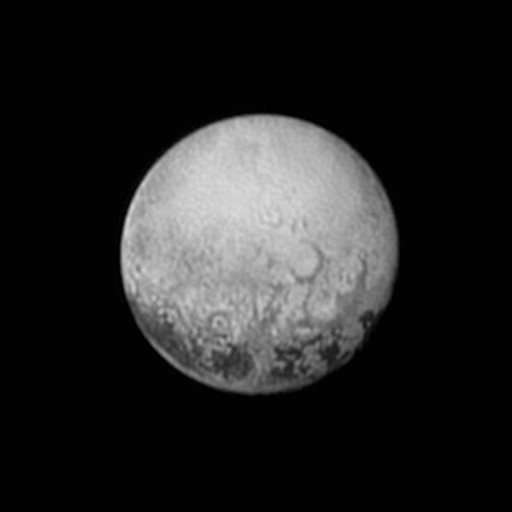Ready for its close-up: First spacecraft to explore Pluto

NASA's New Horizons spacecraft was expected to get up-close and personal with Pluto on Tuesday, on track to zoom within 7,800 miles (12,500 kilometers) of the small icy world left unexplored until now.
It's the final destination on NASA's planetary tour of the solar system, which began more than a half-century ago. Pluto was still a full-fledged planet when New Horizons rocketed away in 2006, only to become demoted to dwarf status later that year.
The 3-billion-mile (5-billion-kilometer) journey from Cape Canaveral, Florida, culminates Tuesday at 1149 GMT. That's when the spacecraft is due to fly past Pluto at 31,000 mph (50,000 kph).
The New Horizons team gathered at Johns Hopkins University's Applied Physics Laboratory in Laurel, Maryland, won't know for many hours if everything went well. The spacecraft will be too busy taking photographs and collecting information to "phone home." A confirmation signal is expected at around 0100 GMT Wednesday.
New Horizons has already beamed back the best-ever images of Pluto and big moon Charon. Pluto also has four little moons.
With less than two hours and 50,000 miles (80,000 kilometers) remaining until closest approach, NASA Administrator Charles Bolden noted again and again that the United States is the only country to visit every single planet in the solar system. (Pluto was planet No. 9 when New Horizons blasted off.)
"It's a huge morning, a huge day not just for NASA but for the United States," said an ecstatic Bolden from NASA headquarters in Washington.
The pictures already gathered by New Horizons are "mind-boggling to put it mildly," Bolden said. Pluto has proven to be bigger and redder than anyone imagined, he said, and the data may put the faraway world back in the primary planet lineup.
Principal scientist Alan Stern told reporters Monday that "The Pluto system is enchanting in its strangeness, its alien beauty."
Discovered in 1930, Pluto is the largest object in the so-called Kuiper Belt, considered the third zone of the solar system after the inner rocky planets and outer gaseous ones. This unknown territory is a shooting gallery of comets and other small bodies.
An extension of the $720 million mission, not yet approved, could have New Horizons flying past another much smaller Kuiper Belt object, before departing the solar system.
More information: NASA: www.nasa.gov/mission_pages/newhorizons/main/
Johns Hopkins University: pluto.jhuapl.edu/
© 2015 The Associated Press. All rights reserved.





















